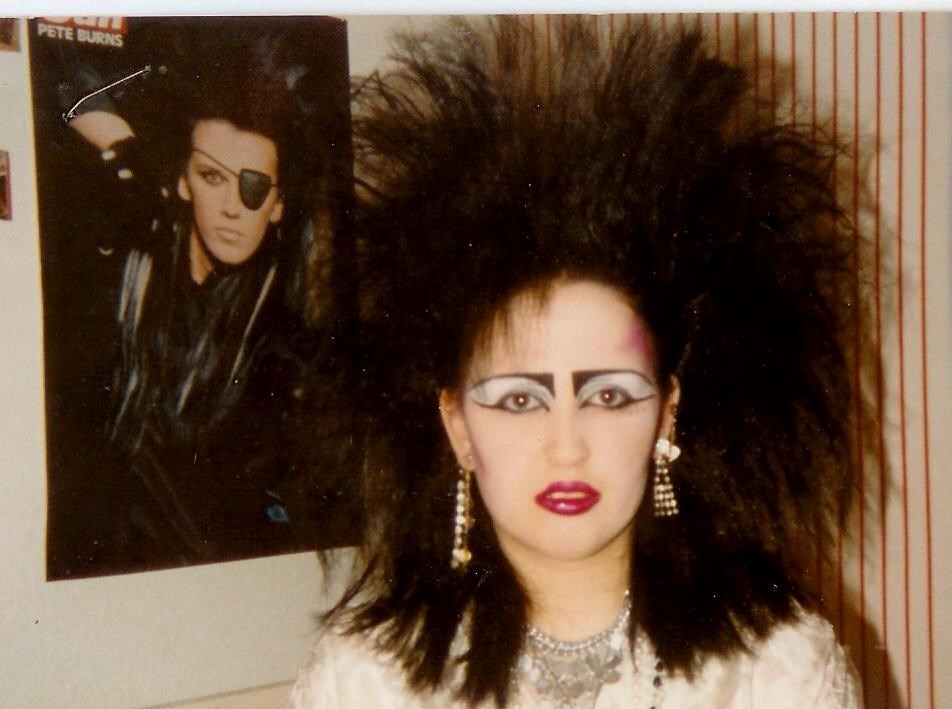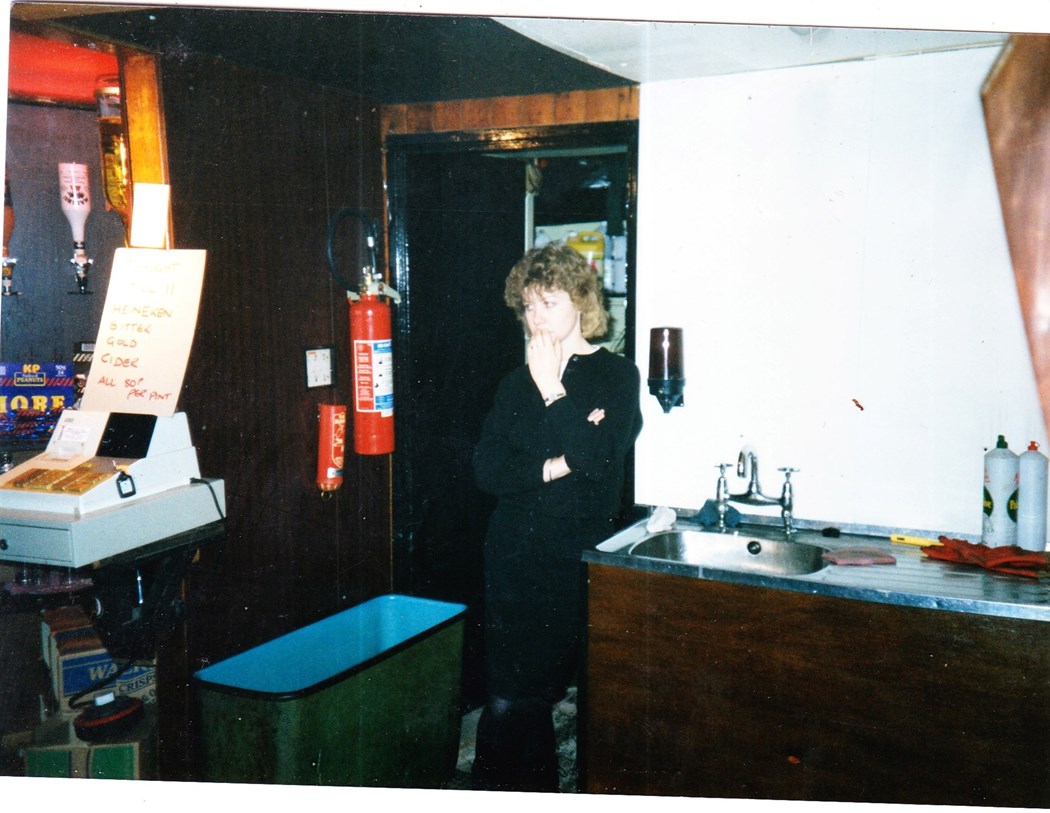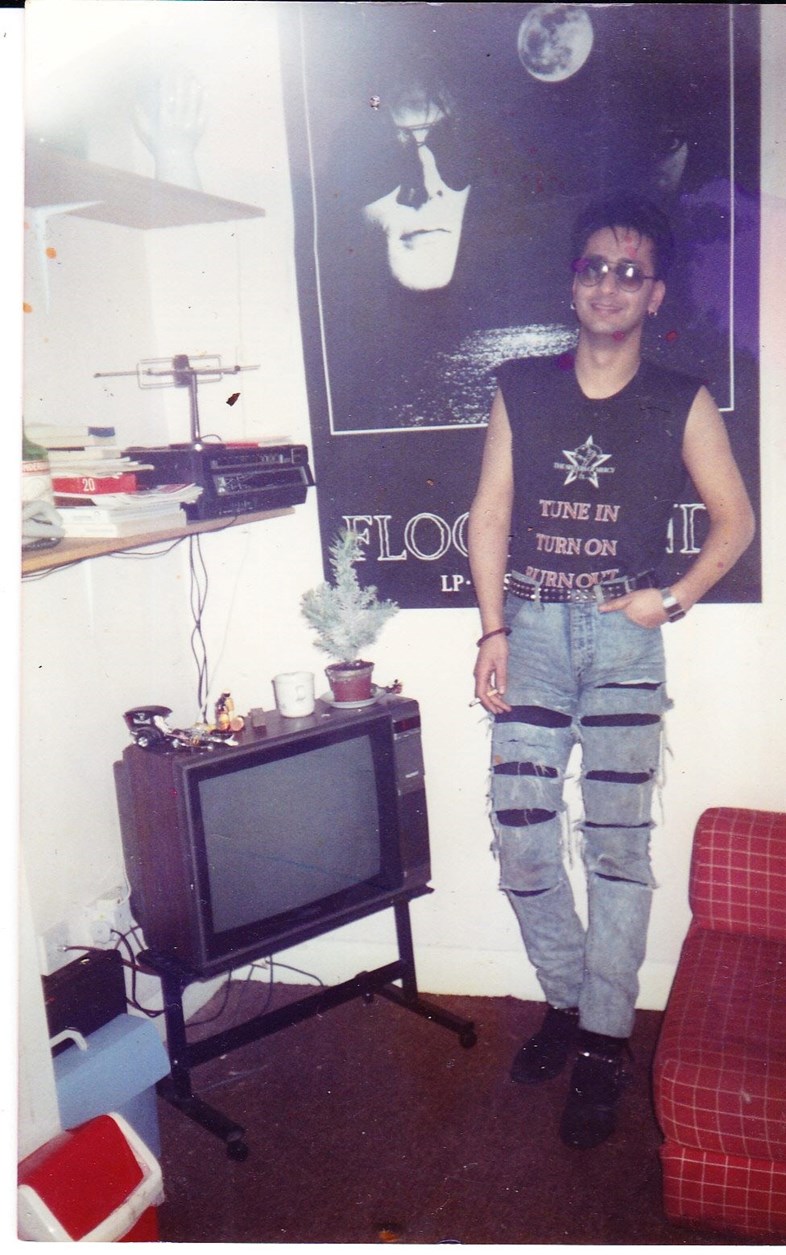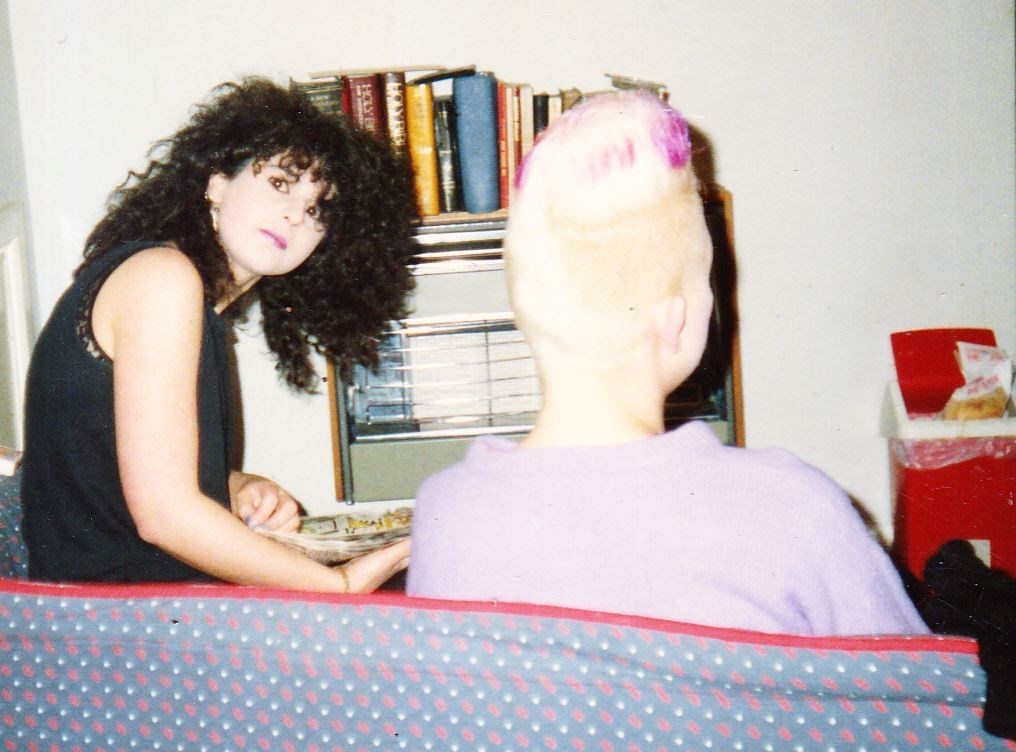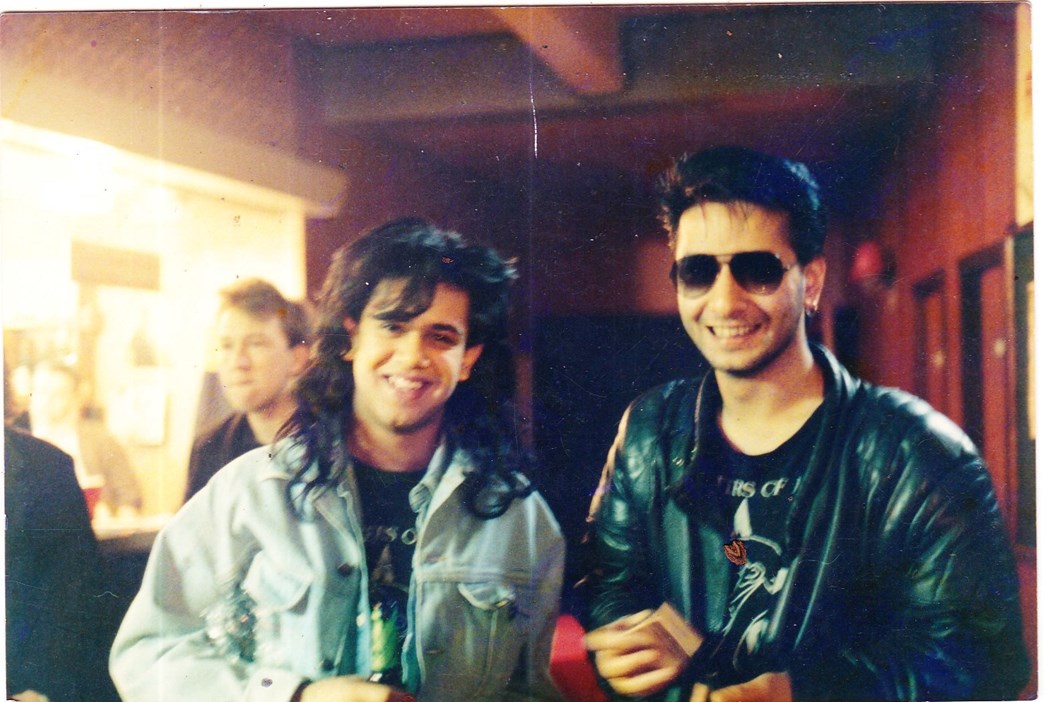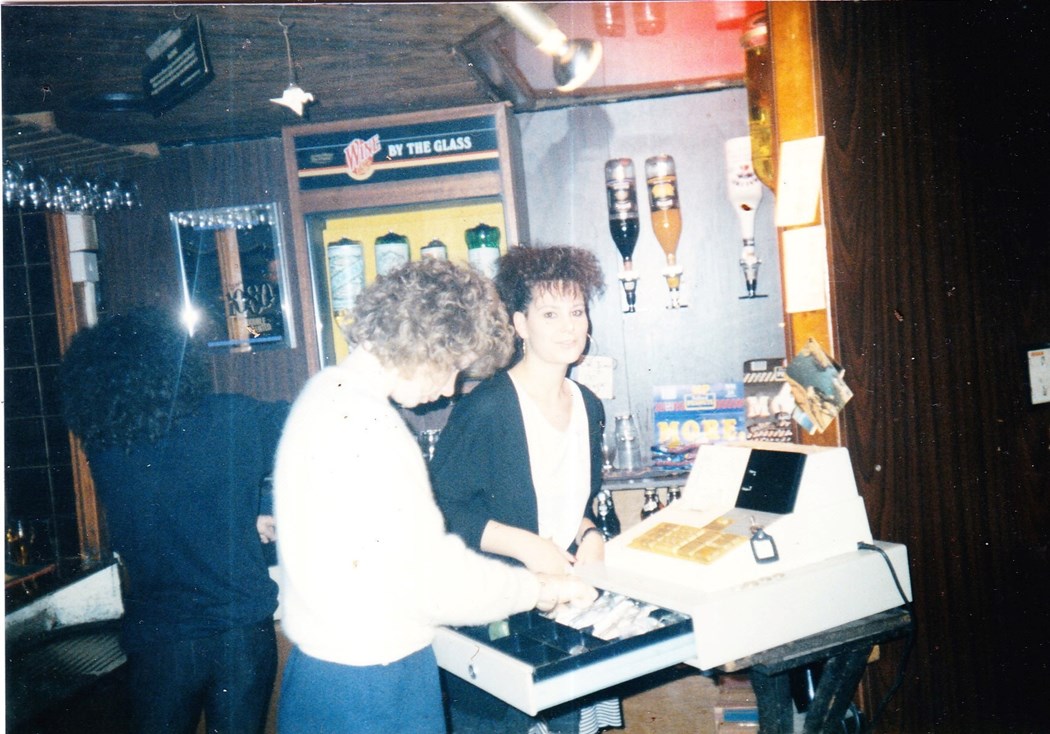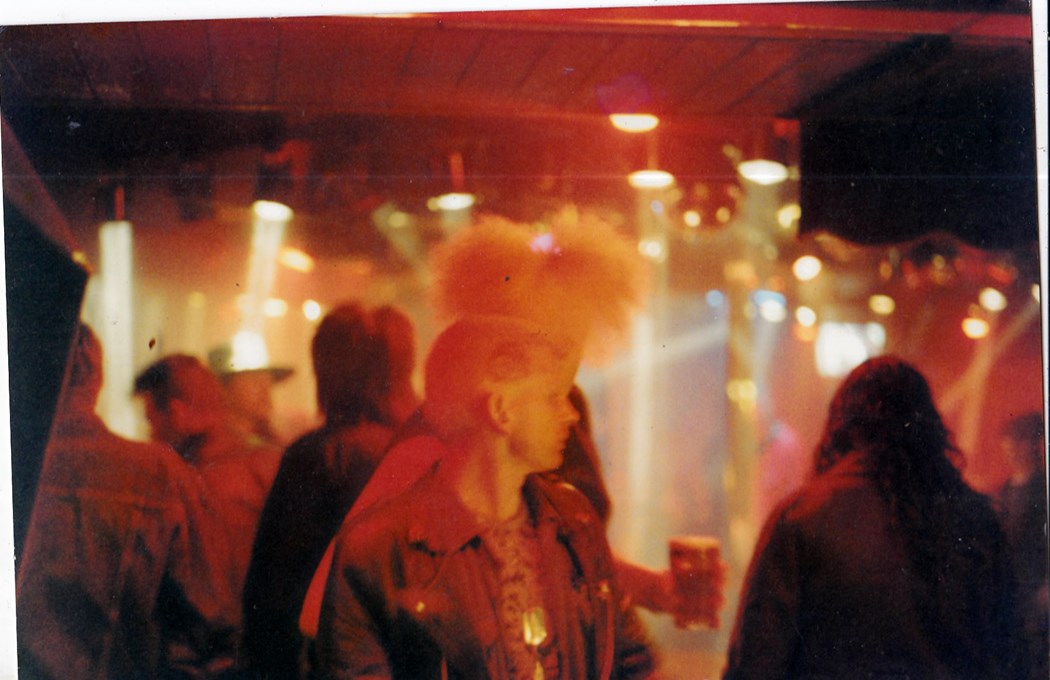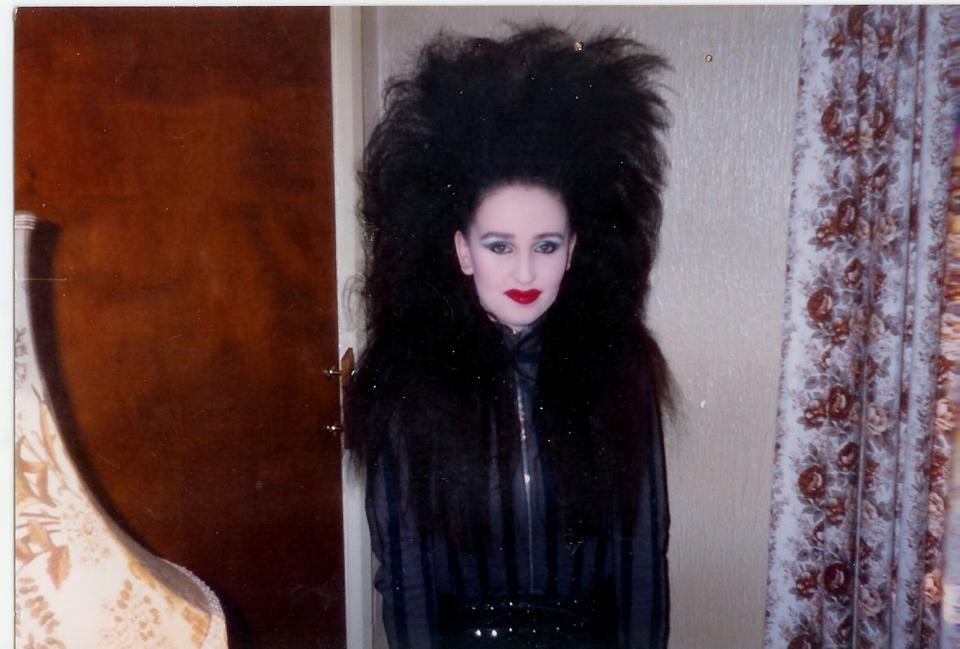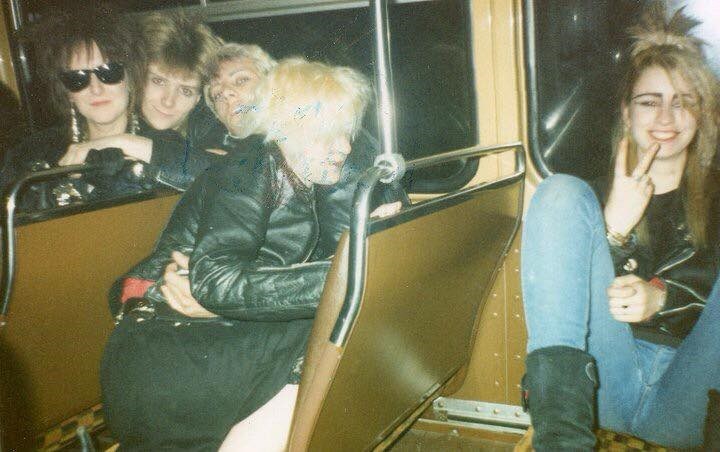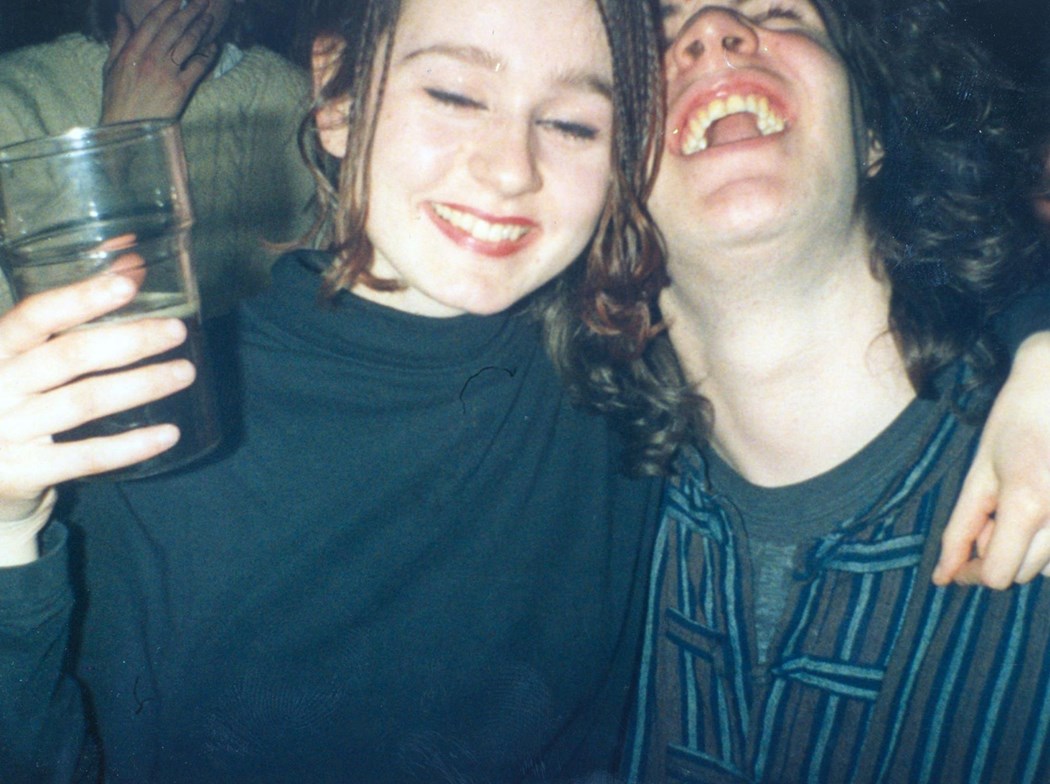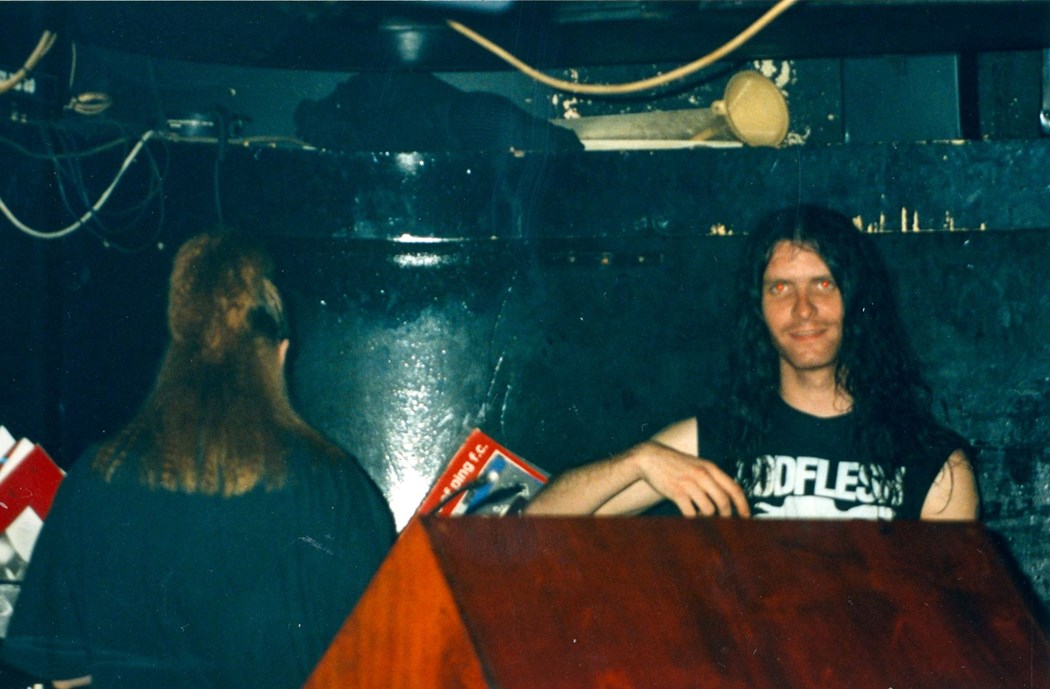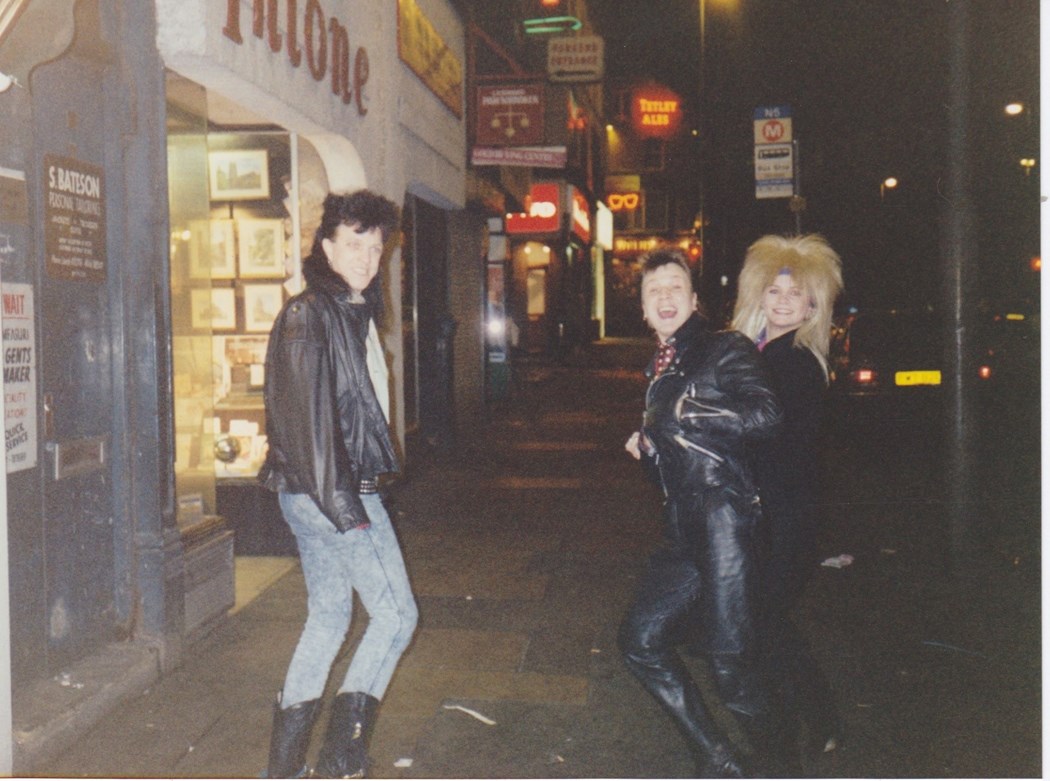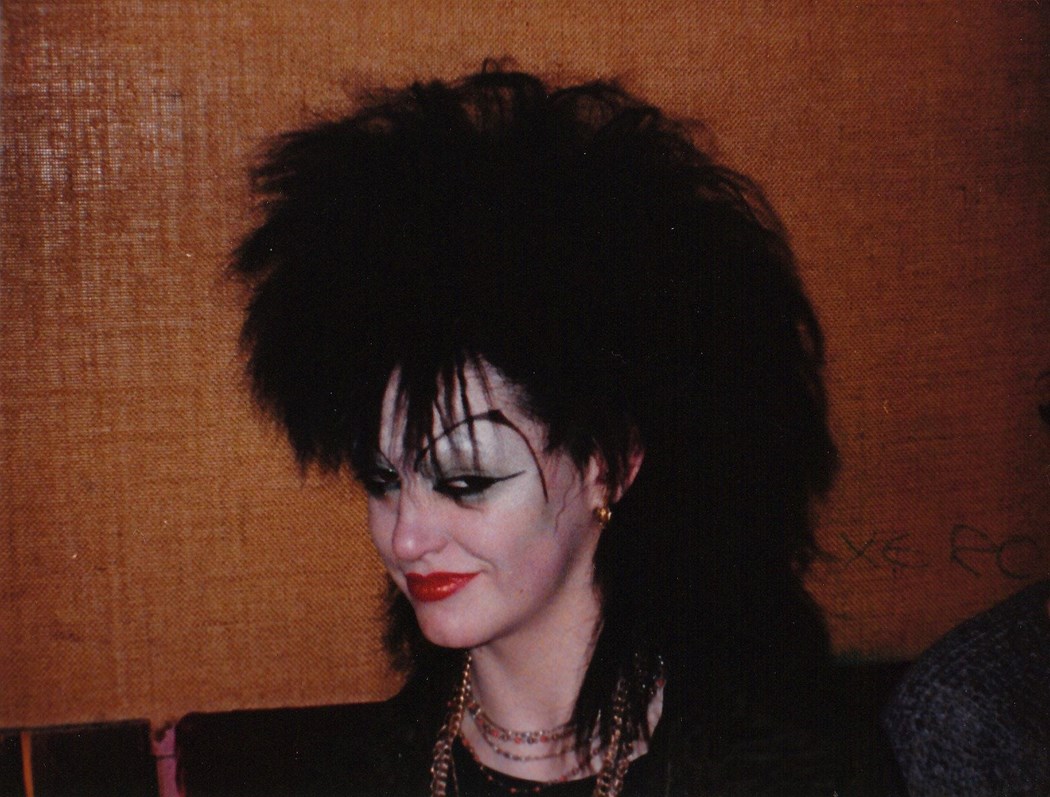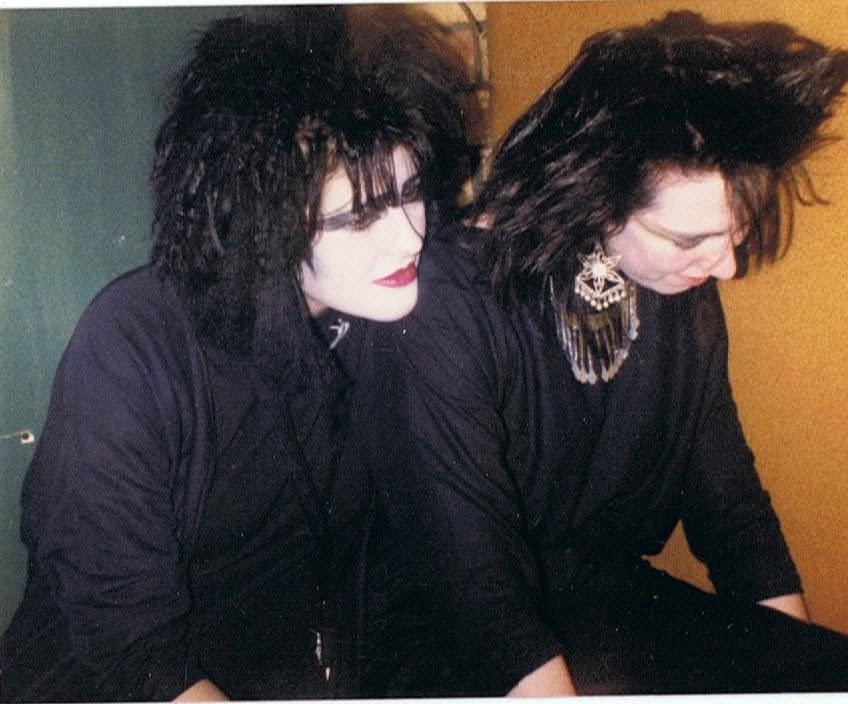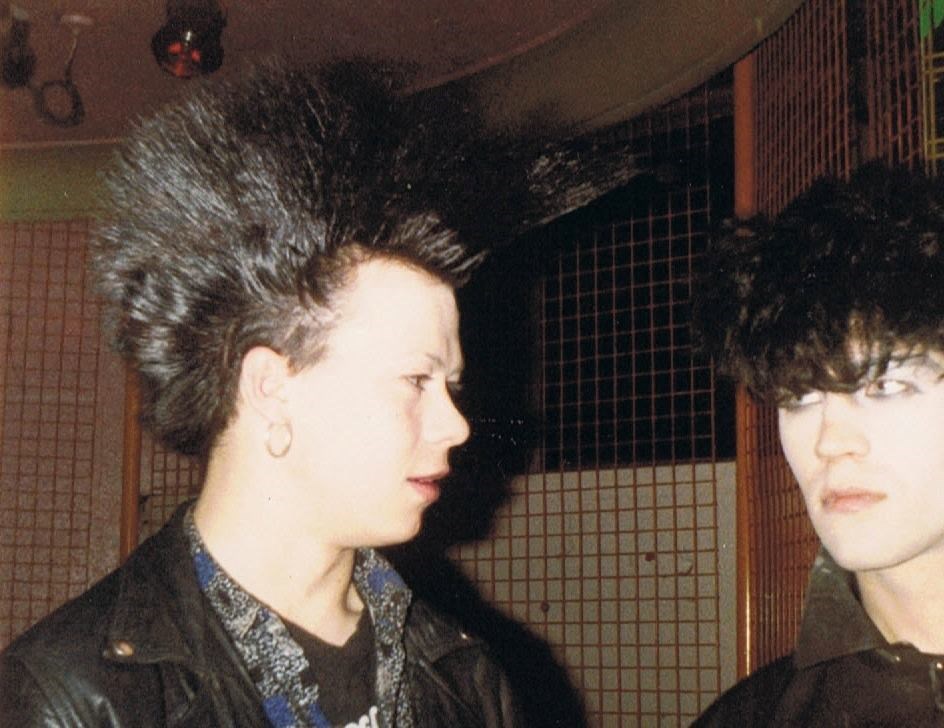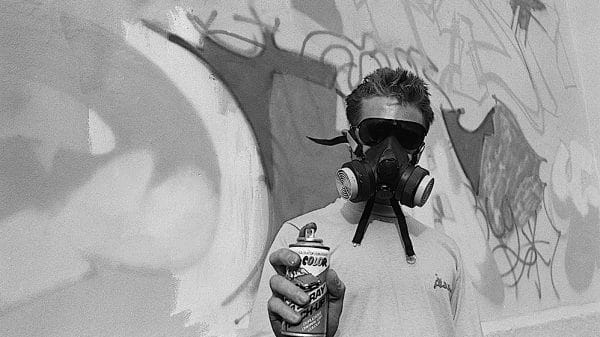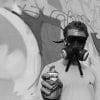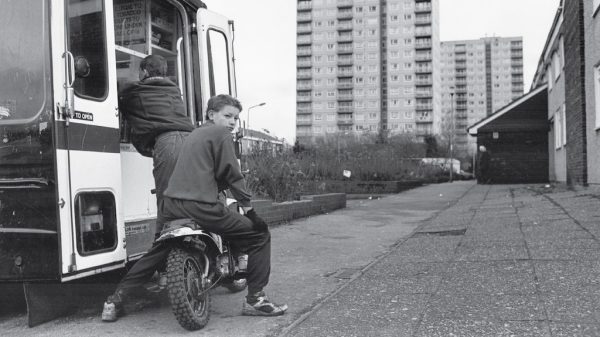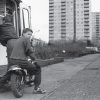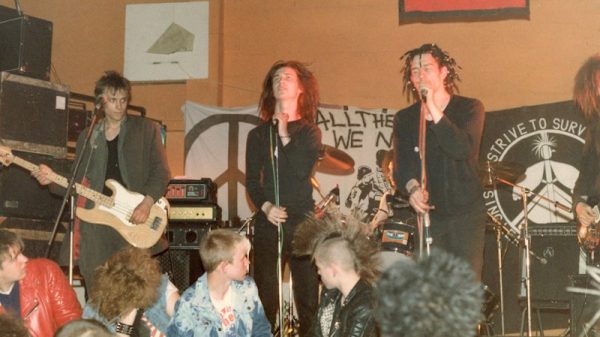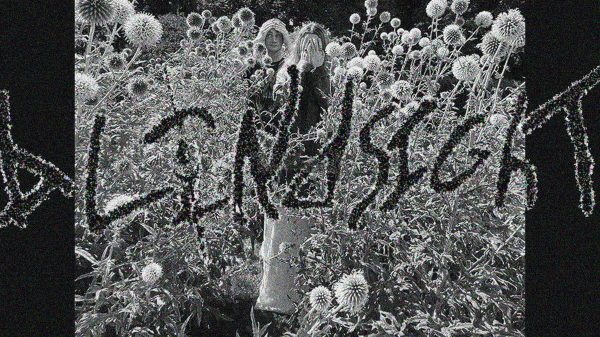If you are an avid reader of CVLT Nation, then you know that we are HUGE fans of 80’s Deathrock/Goth Culture. So when I saw this feature on Dazed Digital about the 80’s Yorkshire Goth scene, I felt it was my duty to share part of it with you….plus, some of these pictures capture the era perfectly! Nuff respect due to Dazed Digital for always having its finger on youth culture past and present!
Text via Dazed Digital written by James Dawson
There are few subcultures as globally and universally recognisable as goth. Derided by those outside of it, it is the quintessential subculture for misfits. Defined by its alternativeness rather than any geographical centrality, anyone anywhere can be a goth. But while the Batcave club, which opened in Soho in 1982, gave goth the platform that would spread the scene across the globe, it was in Leeds and its surrounding suburbs that goth evolved from punk to have an aesthetic and identity of its own.
Like other subcultures that had their origins in punk, the scene was the product of a generation that felt it had little or no future. Under Margaret Thatcher’s Conservative government, economic instability caused mass youth unemployment in industrial cities across the north of England. As in other provincial cities such as Manchester and Liverpool, a lack of jobs created a sense of disenfranchisement in Leeds and its surrounding towns. Adding to the city’s gloomy atmosphere was the on-going spate of murders committed by serial killer Peter Sutcliffe — dubbed the ‘The Yorkshire Ripper’ by the press — who was responsible for 13 murders and several attempted murders of women around the city from 1975 until his arrest in 1981.
Describing the atmosphere in the city during the germination of the scene in the late 70s, music promoter John Keenan said Sutcliffe “held the city to ransom”, creating a climate of fear. “Leeds was a bit of a dump in those days, a dark and gloomy industrial city. The whole of Boar Lane (at the bottom of the city centre) was crumbling and the pavements were dug up,” he says, “It was a pretty doomy city.”
“They didn’t clean the buildings and there was a lot of pollution. All the buildings were blackened with exhaust fumes, and it just had a depressing feel to it. The (Yorkshire) Ripper had been on the loose for a few years and there was an atmosphere of ‘What’s he going to do next?’ People were paranoid. They didn’t want to go out, parents didn’t want their daughters to go out or their own, or even with friends.”
